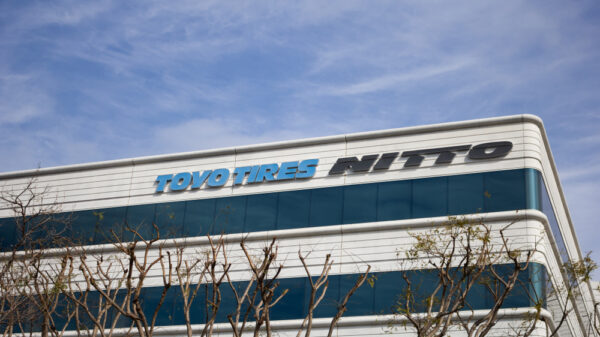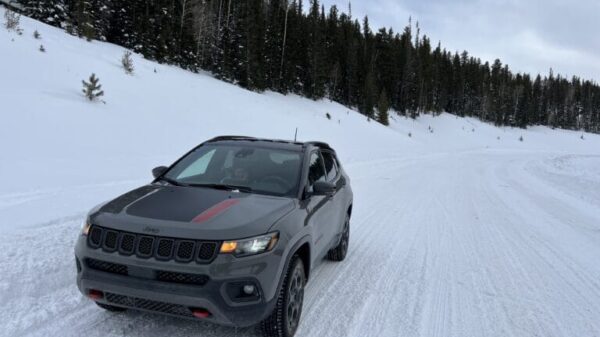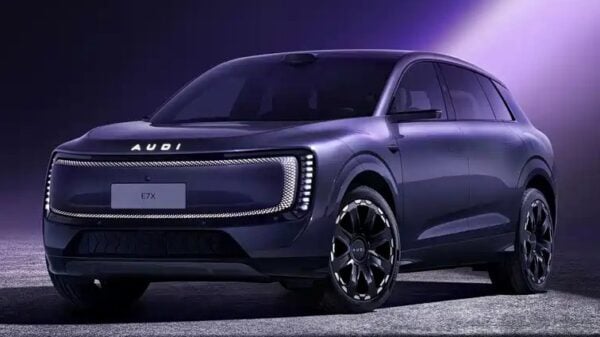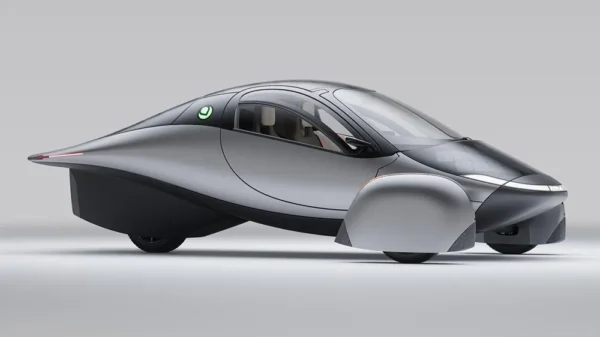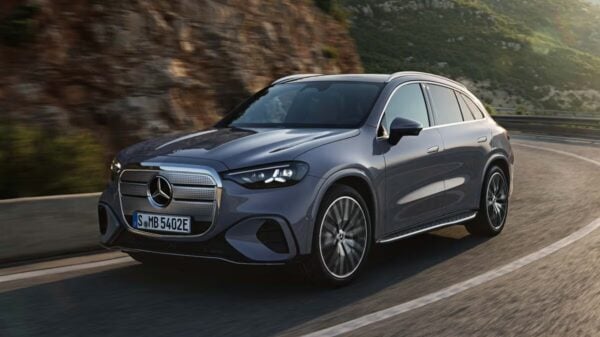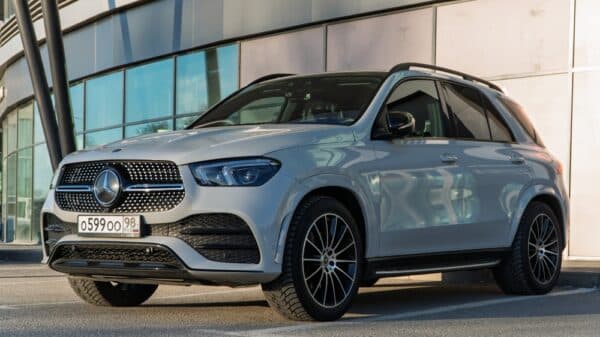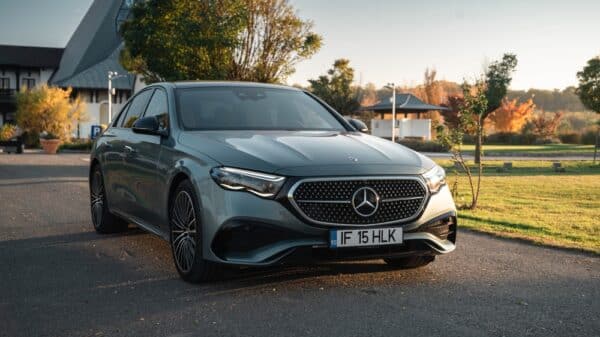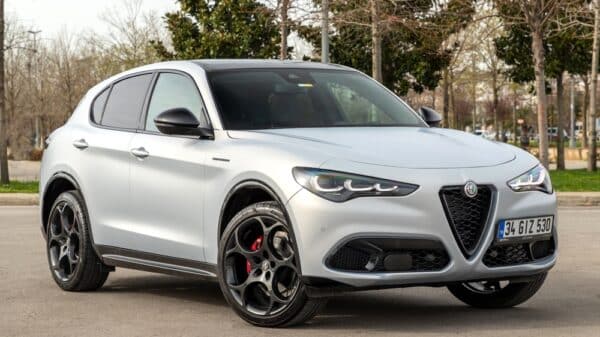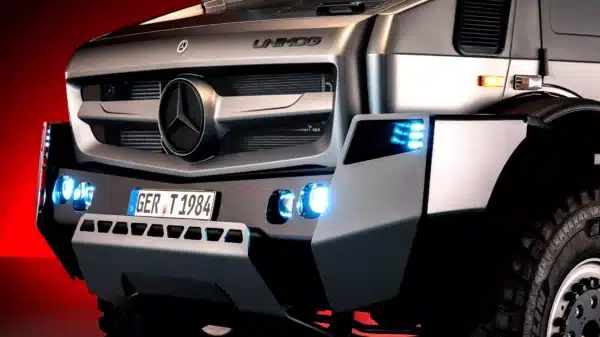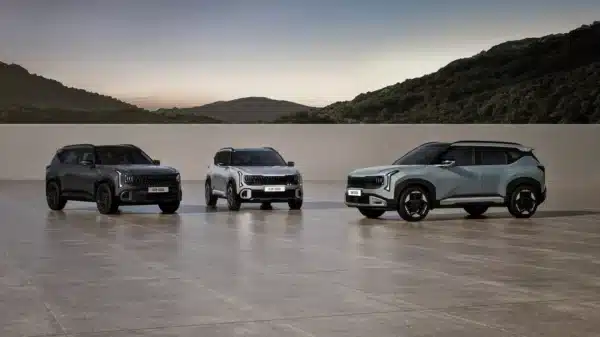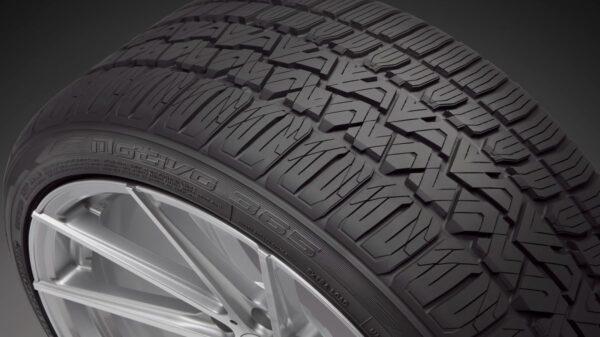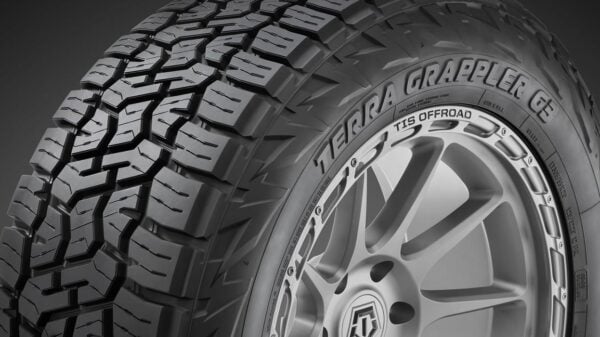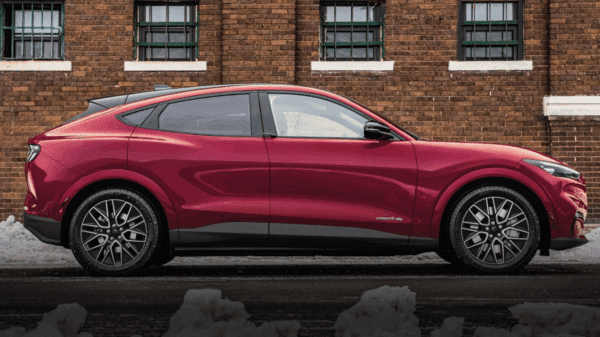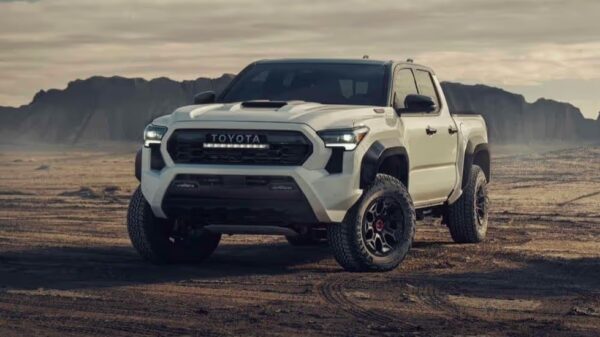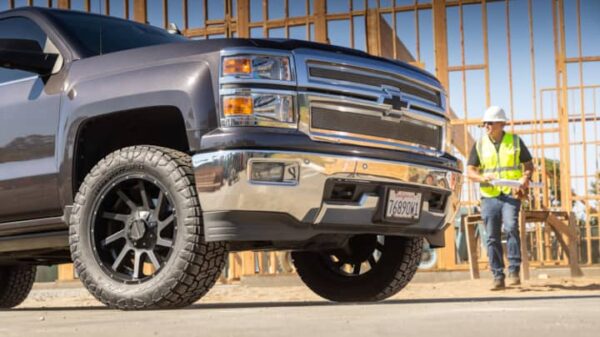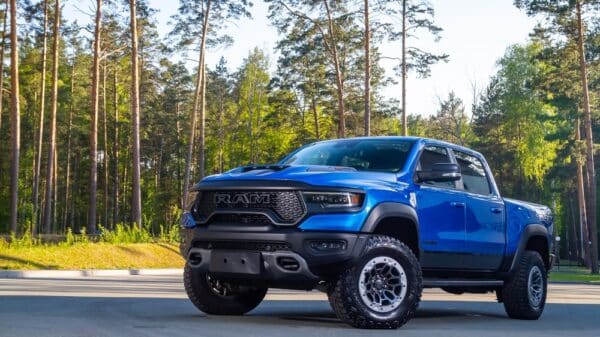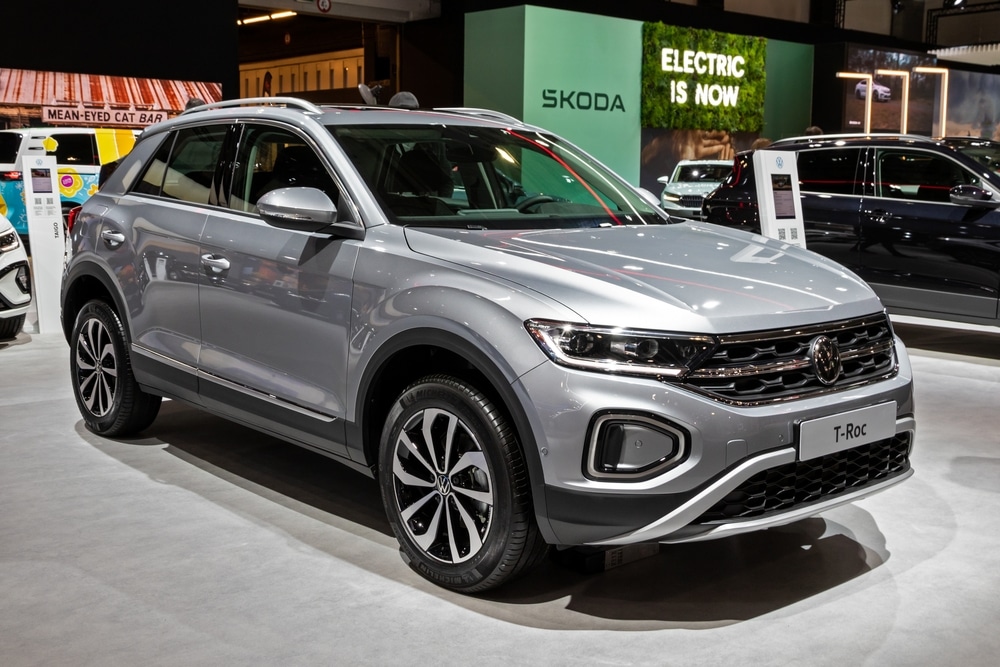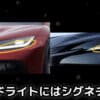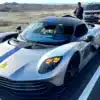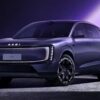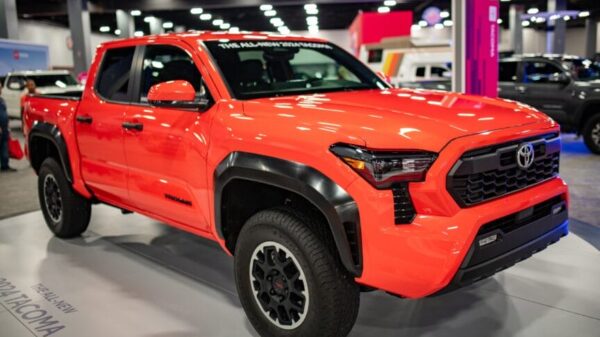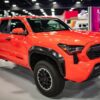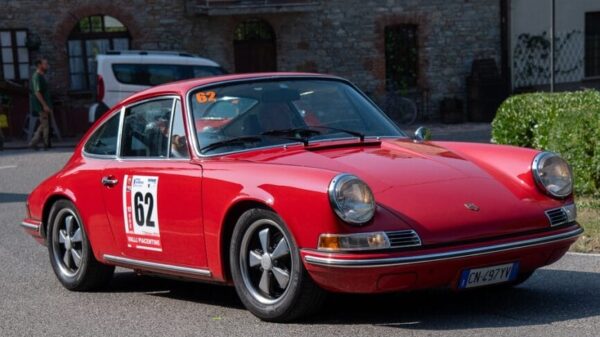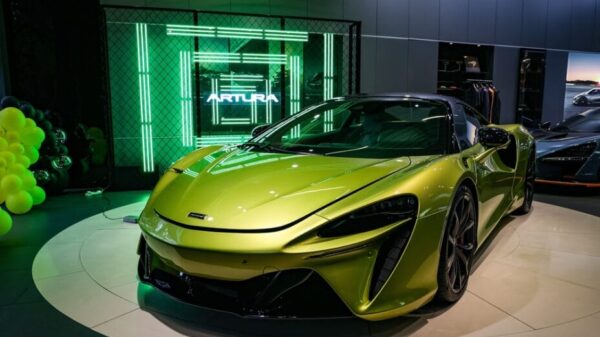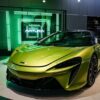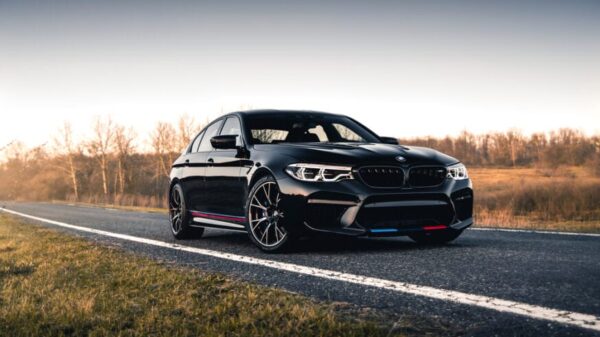The German automaker Volkswagen is diligently developing the next iteration of the T-Roc, which was recently caught on camera once more, not long after its previous sighting.
Volkswagen’s existing T-Roc is a small crossover that shares dimensions similar to the Golf hatchback, and it initially hit the market in 2017. This model has expanded to include the more potent T-Roc R version and the convertible T-Roc Cabriolet. The latter is not anticipated to continue into the incoming generation, though.
Expected to be unveiled toward the end of this year or at the beginning of the next, the latest T-Roc will likely forgo the United States market, mirroring the decision made for its predecessor. Volkswagen opts to provide the larger Taos instead, serving as the introductory crossover in this locale.
The upcoming T-Roc seems to be taking a conservative approach in terms of its exterior update. Nonetheless, several fresh details emerge, like a shell-like hood and a broadened lower air intake adorned with a novel mesh design. While difficult to ascertain, the vehicle’s sides seem to display reduced sculpting. An additional noteworthy modification is the less significantly inclined rear windshield, which introduces a more fastback-style silhouette.
This model operates on the most recent rendition of Volkswagen Group’s MQB platform, a favorite among the company’s mainstream brands. Stateside, the MQB underpins vehicles including the Golf GTI, Golf R, and the analogous Audi A3 lineup. Moreover, it’s slated to form the base of the upcoming Tiguan refresh set for release in the United States this year.
While front-wheel drive comes as the basic setup, the availability of an all-wheel drive option is certain. Electrified drivetrains may exclusively power this model in its latest form.
Sharing its lineage with the Audi Q2 crossover, the current T-Roc stands as its cousin. However, expect no future rendition of the Q2. Ex-Audi boss Markus Duesmann disclosed in a 2022 dialogue that both the Q2 and the smaller A1 hatchback are expected to be discontinued once their present lifecycles are over.
Image Source: VanderWolf Images / Shutterstock




